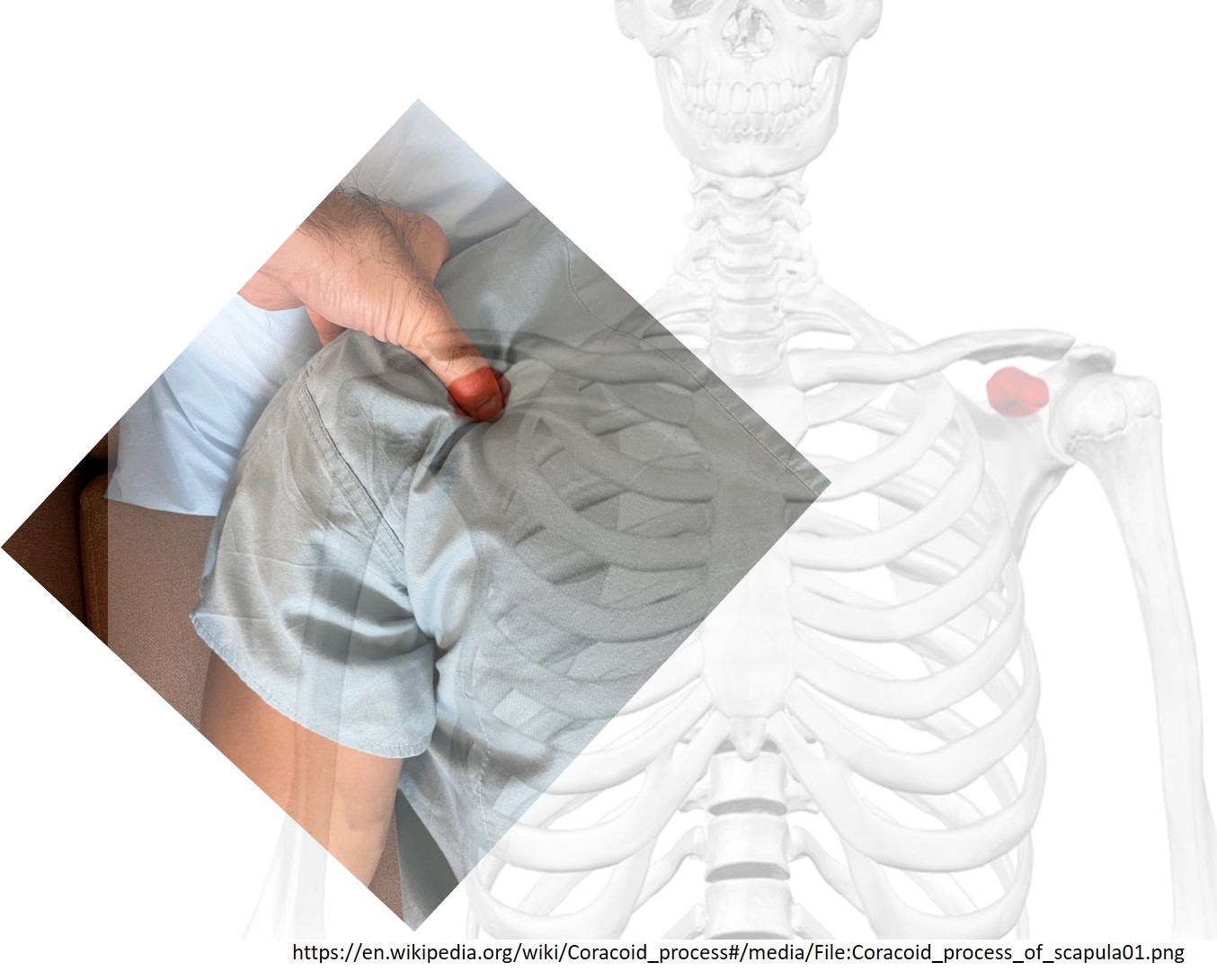Performing a sternal rub safely is a vital skill for healthcare professionals to possess, as it can be used to assess a patient’s level of consciousness when no other response is observed. In this article, we will provide you with accurate and factual information on how to perform a sternal rub safely. By understanding the correct technique and precautions to take, healthcare providers can effectively perform this assessment without causing harm or unnecessary discomfort to the patient. So, let’s delve into the details of this essential procedure and ensure its safe execution.
How to Perform a Sternal Rub Safely

What is a sternal rub?
A sternal rub is a technique used to assess the level of consciousness and responsiveness of a patient. It entails the application of pressure to the sternum, which is the bone located in the middle of the chest. This method serves as a valuable tool for healthcare professionals to determine a patient’s neurological status in emergency situations where verbal or physical stimuli may not elicit a response.
When is a sternal rub performed?
A sternal rub is typically performed when a patient is unconscious or semi-conscious, and there is a need to assess their level of consciousness. It can be applied by healthcare providers in various settings, including pre-hospital care, emergency departments, and critical care units. In emergency situations, it is often used as a quick and efficient method to determine if the patient is alert or unresponsive.

Precautions before performing a sternal rub
Prior to performing a sternal rub, it is crucial for healthcare professionals to assess the patient’s medical history and consider any potential contraindications or precautions. Certain conditions, such as recent chest trauma or surgery, may make the application of a sternal rub unsafe. Additionally, healthcare providers should take into account any cultural or personal factors that may affect the patient’s response to this stimuli.
Supplies needed for a sternal rub
Performing a sternal rub requires minimal equipment. Healthcare providers should have gloves and a clean, disposable barrier, such as a paper towel or gauze pad, to maintain proper hygiene. It is important to ensure that the environment is well-lit to accurately assess the patient’s response.

Technique for performing a sternal rub
To perform a sternal rub, healthcare providers should follow these steps:
- Put on disposable gloves to maintain infection control.
- Assess the patient’s level of consciousness by attempting verbal and physical stimulation first.
- If the patient remains unresponsive, locate the sternum, which is the flat bone located in the middle of the chest.
- Place your knuckles or fingertips on the sternum, just below the level of the nipples.
- Apply firm pressure using a circular or side-to-side motion. The pressure should be moderate, but not excessively forceful, to avoid causing harm.
- Continue the sternal rub for a duration of approximately 10-15 seconds.
- Observe the patient’s response to the stimulation, including any signs of movement, vocalization, or changes in vital signs.
Applying the correct pressure
When performing a sternal rub, it is crucial to apply the correct amount of pressure to ensure an effective response without causing harm. The pressure should be firm enough to elicit a response but should not be overly forceful, as this may lead to trauma or discomfort. Healthcare professionals should use their judgment and adapt the pressure based on the patient’s condition and individual characteristics, such as age and build.

Areas to avoid during a sternal rub
While the sternum is the main focus of a sternal rub, there are certain areas that healthcare providers should avoid applying pressure to. These include the ribs, abdomen, and any areas that may be sensitive or injured. By focusing the pressure on the sternum, healthcare professionals can minimize the risk of causing unnecessary pain or further injury to the patient.
Monitoring the patient’s response
During and after the application of a sternal rub, healthcare providers should closely monitor the patient’s response and vital signs. Signs of responsiveness can range from minimal movements or grunts to purposeful actions or verbalization. It is crucial to remain vigilant and assess the patient’s level of consciousness continuously.

Potential risks and complications
While a sternal rub is generally considered a safe procedure, there are potential risks and complications that healthcare providers should be aware of. Excessive force or incorrect technique may result in fractures of the sternum or ribs, causing further harm to the patient. Additionally, patients with certain medical conditions, such as osteoporosis or recent chest trauma, may be more susceptible to injury. Careful assessment and proper technique are imperative to minimize these risks.
When to seek medical assistance
If a patient does not respond to a sternal rub or their condition deteriorates, it is crucial to seek immediate medical assistance. Lack of response may indicate a severe underlying neurological or medical condition that requires further evaluation and treatment. Healthcare professionals should communicate the findings to the appropriate medical team promptly to ensure timely intervention for the patient’s well-being.
In summary, a sternal rub is a valuable assessment tool used to evaluate a patient’s level of consciousness. By following the proper technique, applying the correct pressure, and monitoring the patient’s response, healthcare providers can safely utilize this method to determine the patient’s neurological status. It is essential to consider any precautions, avoid sensitive areas, and seek medical assistance when necessary to ensure patient safety and optimal care.









